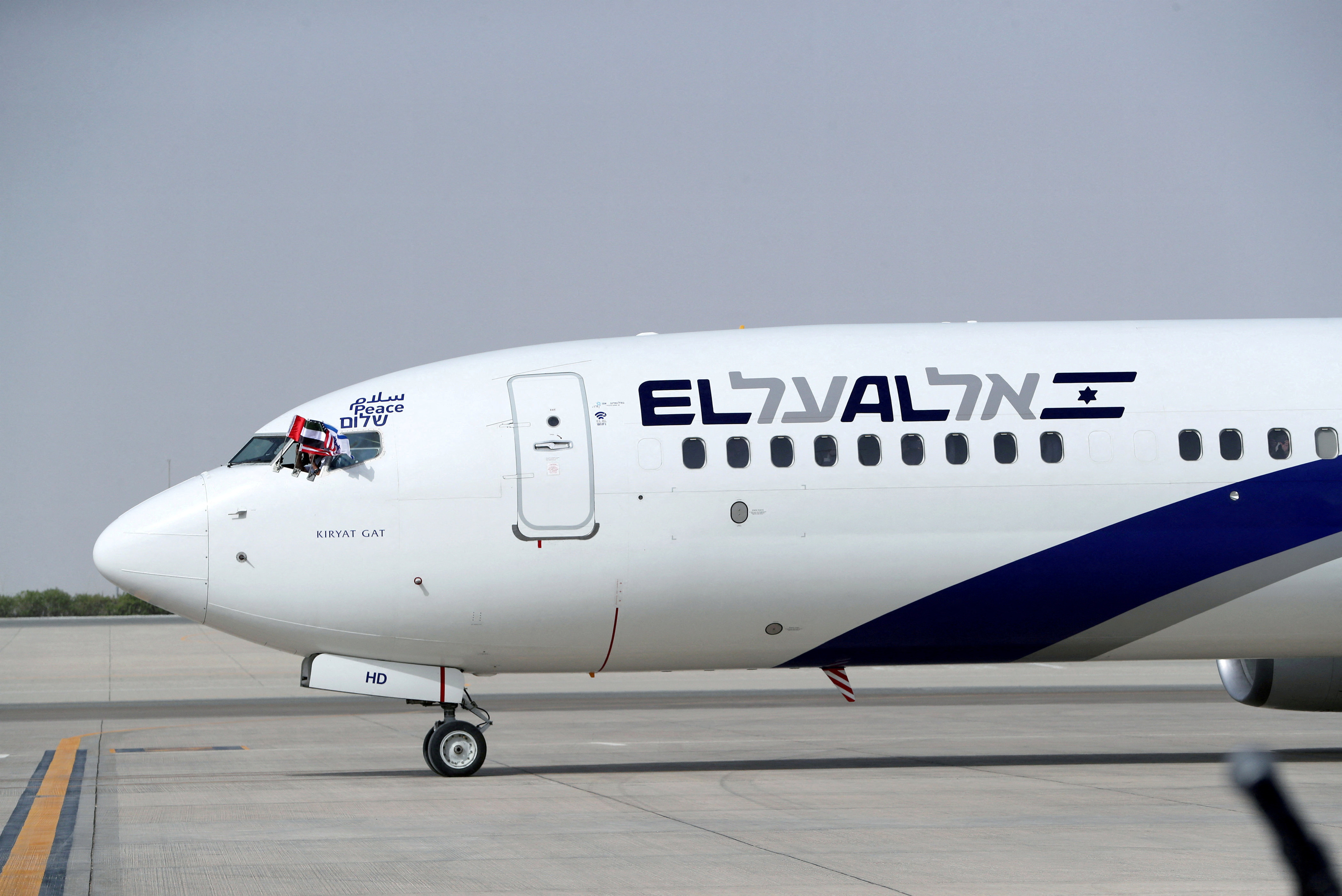Israel aviation stabilises with resumed foreign flights
El Al reported higher profits as foreign airlines resumed Tel Aviv flights, restoring competition and boosting tourism. Passenger demand continues to recover, strengthening Israel’s aviation and services sectors heading into 2026.

El Al Airlines reported a significant profit increase as foreign carriers resumed flights to Tel Aviv, restoring capacity to Israel’s aviation market after a period of geopolitical disruption. The rebound marks a critical stabilisation point for Israel’s economy, improving passenger connectivity, lowering fare pressures and lifting activity across tourism-linked services.
The mechanism behind El Al’s improved profitability stems from dynamics observed during the temporary reduction in foreign airline presence. When global carriers suspended operations, El Al captured a disproportionately large share of outbound and inbound passengers, supporting elevated load factors and strong yields. Revenue per available seat kilometre (RASK) climbed as scarcity conditions enabled higher fares.
Now, with foreign carriers gradually returning—including major European and Gulf operators—the aviation ecosystem is transitioning from scarcity pricing to normalised competition. Yet El Al’s financial performance remains strong due to cost discipline, better fleet utilisation and improved operational resilience.
Macroeconomic effects are broad. Tourism flows are recovering, supporting hotels, restaurants, retail and ground transport. Israel’s services exports benefit from restored international mobility, and business travel is rebounding as foreign executives and investors resume in-person engagement. The shekel appreciated marginally as financial markets welcomed signs of economic stabilisation.
Sectorally, the return of foreign airlines increases seat capacity, exerting downward pressure on fares but expanding route diversity. This improves accessibility for Israel’s tech ecosystem, a major beneficiary of global mobility. For El Al, the shift introduces competitive pressure but also provides demand certainty as international capacity normalises.
Risks revolve around geopolitical volatility, insurance-cost volatility for aviation routes, and global oil-price fluctuations affecting jet-fuel expenses. El Al must manage fleet-renewal cycles, fuel hedging and labour costs to maintain competitive margins as capacity expands.
Forward indicators include passenger-volume growth, airline-capacity schedules, hotel-occupancy data and inbound-business travel metrics. The pace of recovery will determine whether Israel’s aviation and tourism sectors fully rebound by late 2026.
The broader implication is that Israel’s aviation system has demonstrated resilience, leveraging strong underlying demand even during periods of disruption. El Al’s performance reflects both opportunistic gains and structural improvements that may support long-term competitiveness as global connectivity normalises.





